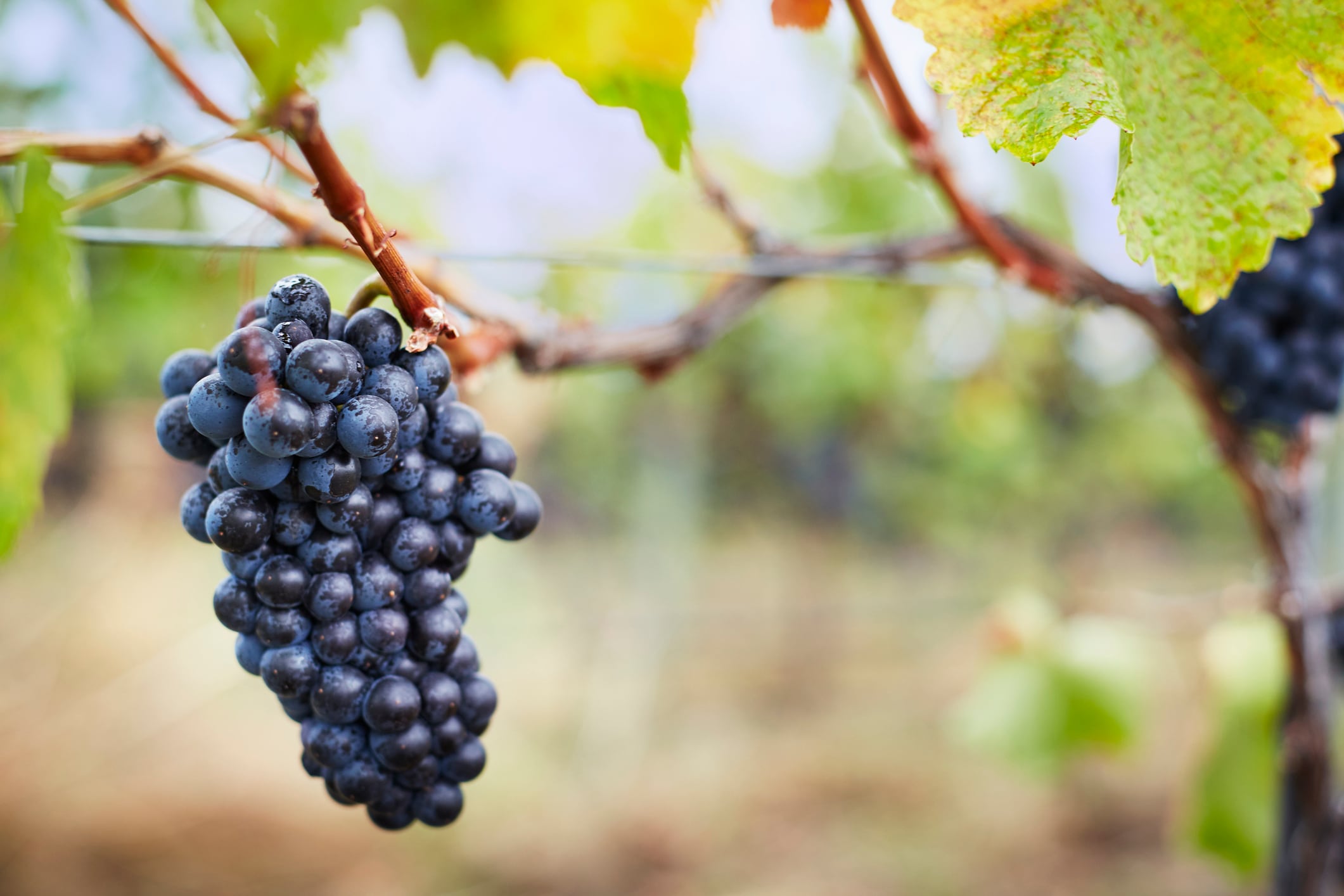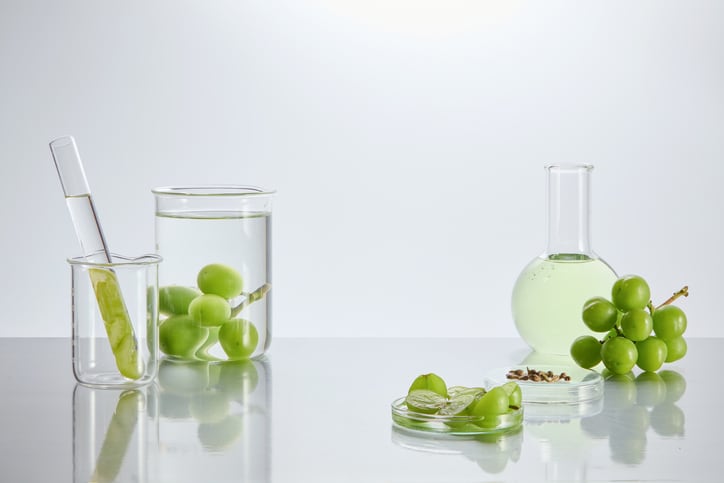The study, which used a preclinical mouse model to identify changes linked to muscle maintenance and metabolic health, may inform future strategies for addressing age-related muscle loss, such as sarcopenia.
The research demonstrated “improved muscle health in men but even greater improvement in females,” said study author John Pezzuto, PhD, DSc, professor and dean of the College of Pharmacy and Health Sciences at Western New England University.
Study overview: Whole grapes and skeletal muscle gene expression
The study examined the effects of feeding a standardized grape powder to male and female mice over a 2.5-year period, equivalent to about 80 human years. Researchers compared gene expression profiles in skeletal muscle between mice fed the grape-enriched diet and those on a “bland” control diet.
“Relative to a ‘bland’ diet, we discerned a much stronger congruence of gene expression in females and males provided with the grape diet,” the researchers wrote in the journal Foods. They linked to alignment in several biological pathways, including metabolism, muscle function and cellular signaling.
The grape powder used in the study reflects whole food consumption, containing over 1,600 naturally occurring phytochemicals. The researchers emphasized that this complex mix more realistically mirrors human dietary intake compared to isolated compounds like resveratrol, which occurs in grapes at low concentrations.
“We have been exploring the potential of whole grapes to modulate phenotypic expression,” they wrote.
Earlier work by the same team has shown that grapes may affect gene expression across organs—including the brain, kidneys and liver—supporting a broader nutrigenomic role for the fruit.
Researcher perspective: Whole food over single compounds
Dr. Pezzuto said that the study’s findings are grounded in the unique composition of grapes as a whole food.
“Our data inform us of the potential of grapes, as a whole food, to induce genetic changes that are indicative of improved muscle health,” he explained. “Our work does not point to any single active component.”
One notable finding, he clarified, was the intersection of gene expression profiles between sexes, with greater changes observed in female mice. Genes that were upregulated appeared in both males and females, said Dr. Pezzuto. “The convergence was due to the changes being greater in the females than in the males,” he added.
Upregulated genes were associated with lean muscle mass, improved glucose uptake, energy regulation and calcium balance—key factors in muscle function. Downregulated genes were linked to obesity, muscle degeneration and markers of muscular dystrophy.
“Both the upward and downward movement of gene expression is consistent with improved muscle health,” Dr. Pezzuto said.
Implications for sarcopenia and functional nutrition
The study’s findings are particularly relevant to sarcopenia, which affects up to 16% of the elderly and is more prevalent in women. According to Dr. Pezzuto, “although men might benefit from the consumption of grapes, a greater number of women may benefit.”
While exercise and protein supplementation remain standard approaches for managing age-related muscle loss, grape consumption may offer a complementary dietary strategy.
“If declining kidney function is an issue, high-protein diets may stress and worsen the condition,” he said. “In these cases, grape consumption may be especially beneficial.”
Dr. Pezzuto was cautious about positioning grapes as a supplement, emphasizing their place in a regular diet. “We are a long way from developing and testing a grape-derived supplement for improving muscle health—[especially] if whole grapes can do the job,” he said.
Next steps: Clinical trials and broader nutrigenomic research
Dr. Pezzuto sees the results as a starting point for clinical exploration.
“It should be a straightforward matter to assess the potential of grape consumption to alleviate the consequences of sarcopenia with elderly people,” he said.
He also pointed to broader implications of nutrigenomics: “Diet not only affects what we are, but who we are… consumption can affect gene expression in muscles, but we know that grape consumption affects gene expression in multiple organs, including the brain.”
Future research will explore how quickly gene changes can occur in humans and whether similar effects are seen in populations like older adults or athletes.





